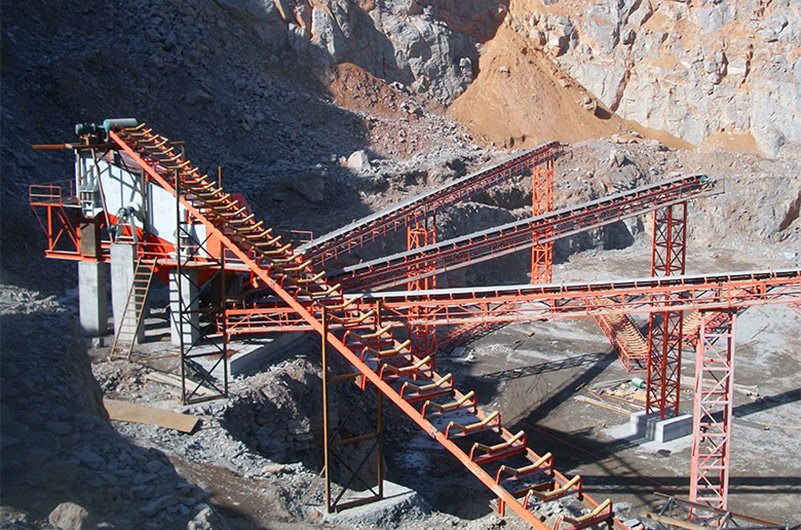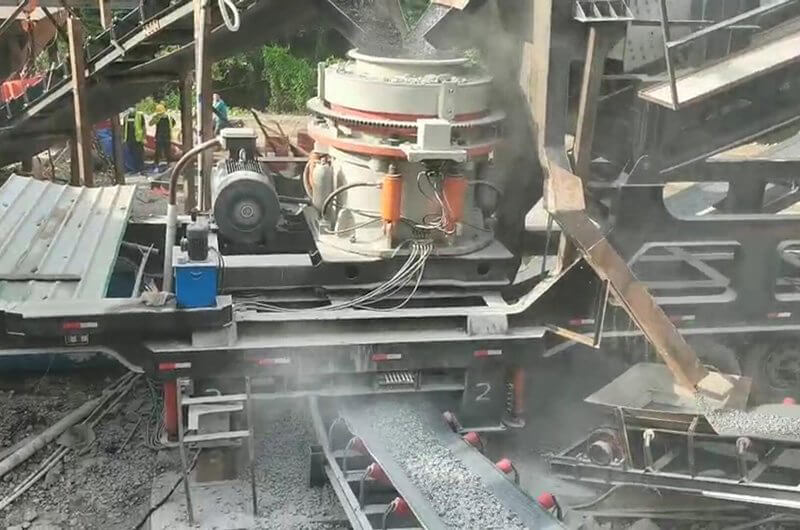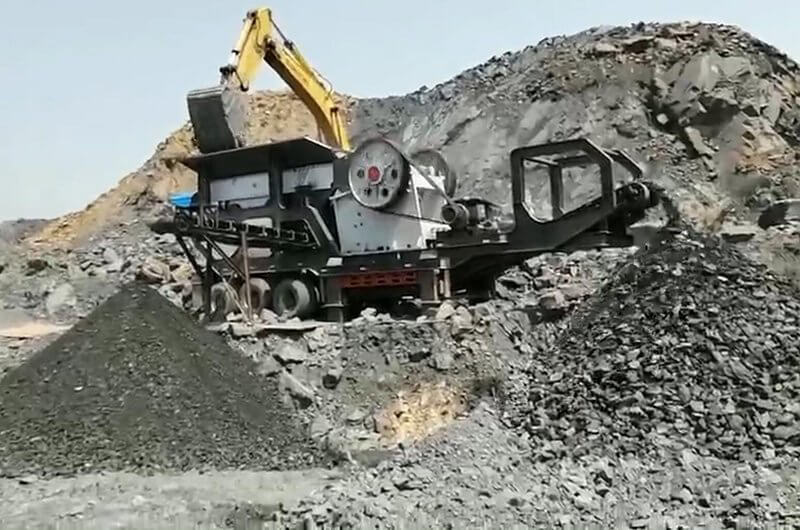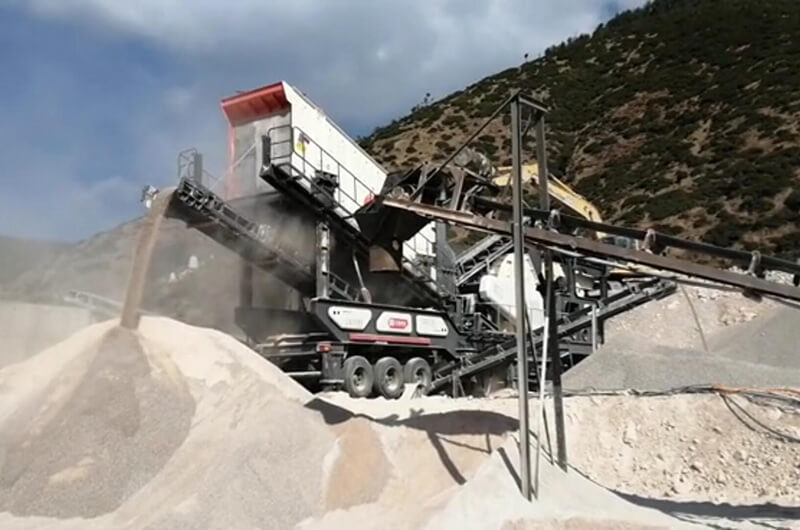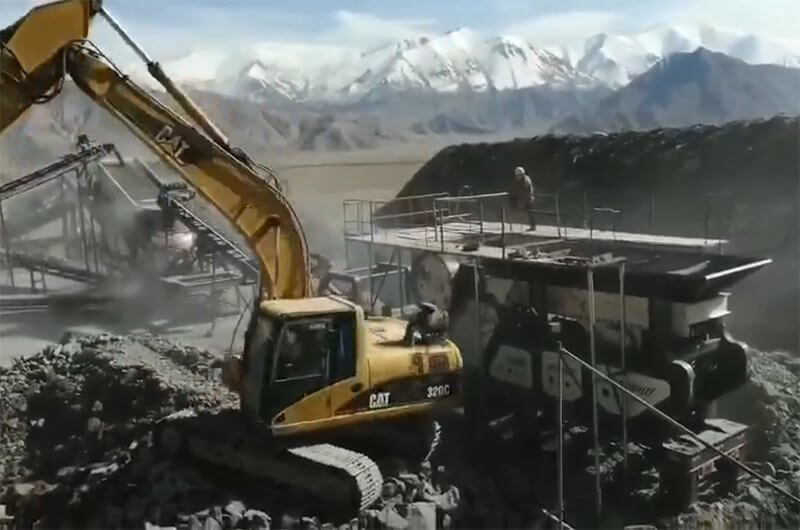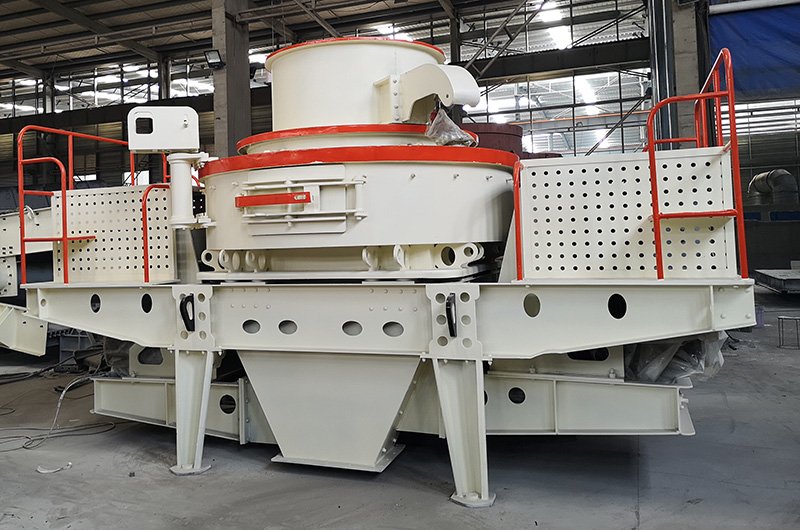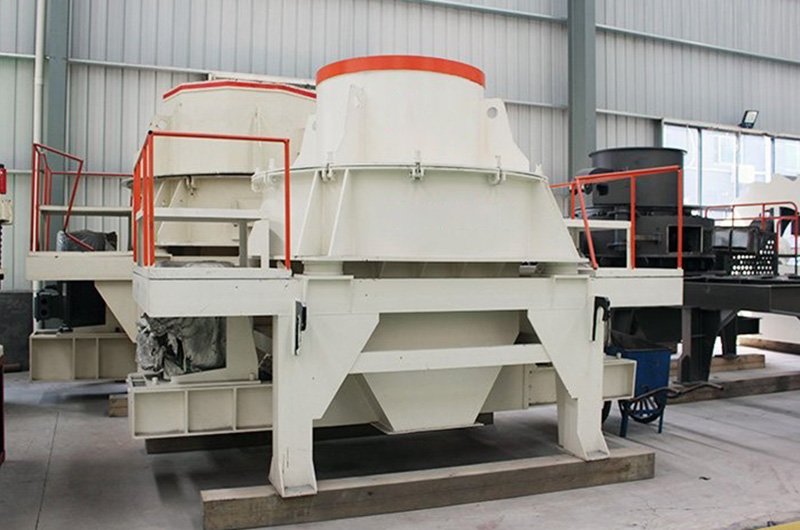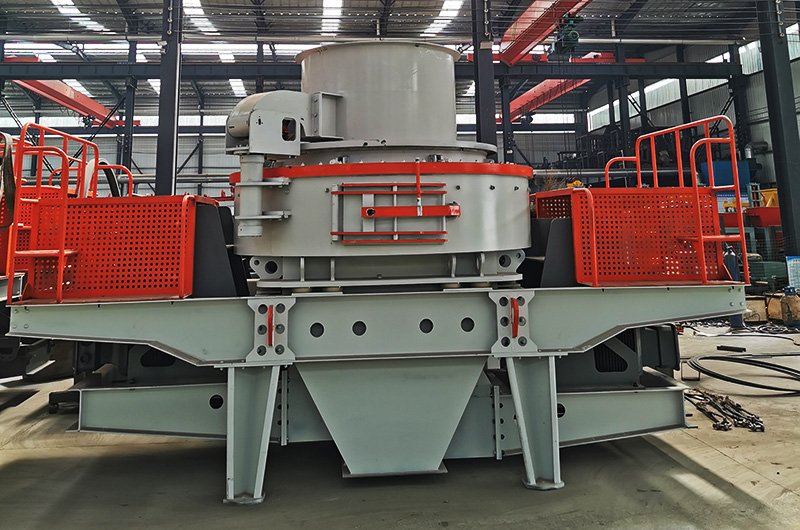Introduce
Belt conveyor, also known as belt conveyor, is a kind of mechanical equipment that continuously conveys materials based on the principle of frictional transmission. The belt conveyor can be used in the ambient temperature range of -20°C to +40°C, and the temperature of the conveyed material is below 50°C. The production machinery and equipment form a link to connect production, so as to realize the continuity and automation of production links, improve production efficiency and reduce work intensity. Its captain and assembly form can be customized according to user requirements, which can meet the needs of different layout forms of operation lines.
Performance characteristics
01Various models
The drive of the belt conveyor can be either an electric drum or a belt-driven drive device. According to different conveying process requirements, it can be conveyed by a single unit, or combined with other conveying equipment to form a horizontal or inclined conveying system.
02 Simple structure
The equipment is simple in structure and standardized in components, which can be quickly repaired and operated. The frame is light and easy to disassemble and assemble.
03 Large delivery volume
According to the principle of friction transmission, the conveyor belt has large conveying capacity, long conveying distance, stable conveying and low energy consumption.
04 Strong adaptability
It can adapt to the ambient temperature from -20°C to 40°C, and the temperature of the conveyed material is within 50°C. The conveying line has strong adaptability and flexibility.
Working principle
The belt conveyor is mainly composed of two end rollers and a closed conveyor belt tightly sleeved on it. The roller that drives the conveyor to rotate is the driving roller; the other roller that only changes the direction of movement of the conveyor belt is called the redirecting roller. The driving roller is driven by the motor through deceleration, and the conveyor belt is dragged by the friction between the driving roller and the conveyor belt. The drive drum is generally installed at the discharge end to increase the traction force and facilitate dragging. The material is fed from the feeding end, falls on the rotating conveyor belt, and is transported to the unloading end to be discharged by the friction of the conveyor belt.
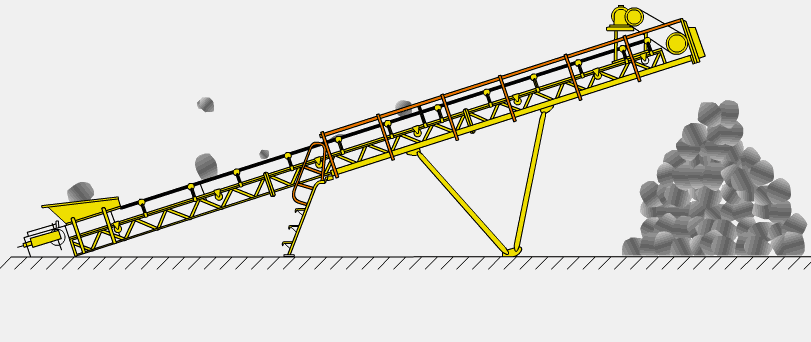
Parameter
| Belt Width | Transport Length (m) / Power (kw) | Transportation Speed (m/s) | Throughput(t/h) | ||
| B400 | <12/1.5 | 12-20/2.2-4 | 20-25/4-7.5 | 1.3-1.6 | 40-80 |
| B500 | <12/3 | 12-20/4-5.5 | 20-30/5.5-7.5 | 1.3-1.6 | 60-150 |
| B650 | <12/4 | 12-20/5.5 | 20-30/7.5-11 | 1.3-1.6 | 130-320 |
| B800 | <6/4 | 6-15/5.5 | 15-30/7.5-15 | 1.3-1.6 | 280-540 |
| B1000 | <10/5.5 | 10-20/7.5-11 | 20-40/11-22 | 1.3-2.0 | 430-850 |
| B1200 | <10/7.5 | 10-20/7.5-15 | 20-40/15-30 | 1.3-2.0 | 655-1280 |
| B1400 | ≤10/11 | 10-20/11-22 | 20-40/22-45 | 1.25-2.0 | 400-680 |
| B1600 | ≤10/15 | 10-20/22-30 | 20-50/30-75 | 1.25-2.0 | 600-1080 |
